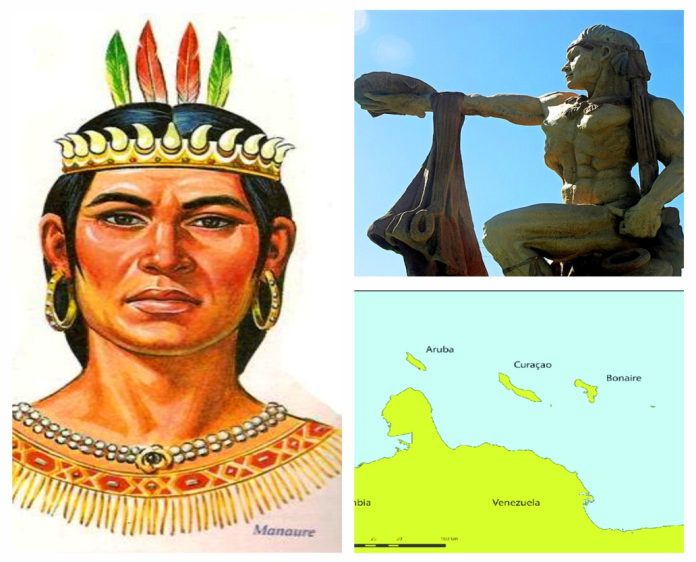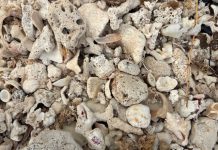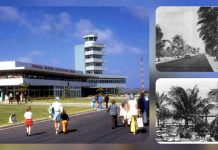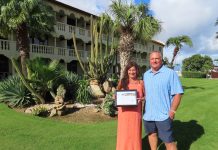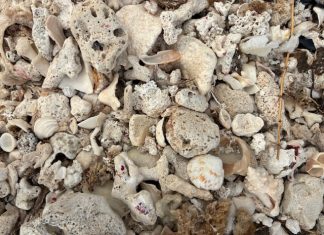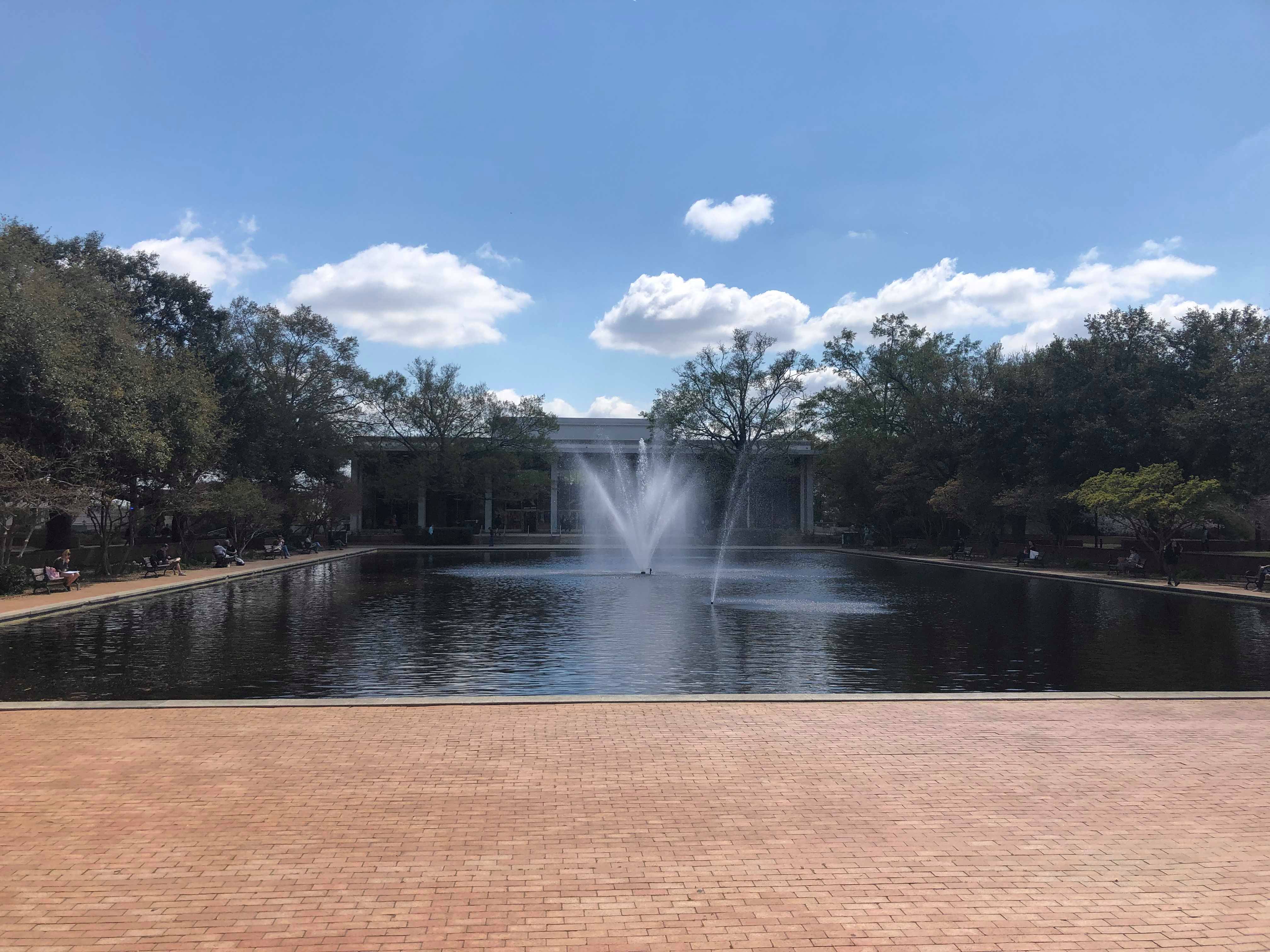The narrative shared by Etnia Nativa emphasizes the importance of reclaiming and recognizing Aruba’s cultural roots and heritage—elements often overshadowed by colonial history. The platform is dedicated to promoting the value of rediscovering native traditions, history, and identity, while encouraging a conscious departure from colonial influence and inherited patterns of submissiveness.
In this context, and in response to exaggerated and often unfounded narratives surrounding our indigenous origins, we clarify that the only historically recognized Pan-Caquetian indigenous ruler connected to Aruba’s ancestral heritage is Chief Manaure. By uncovering the true origins of our native roots and honoring Chief Manaure’s legacy, we reconnect with the authentic indigenous history of the island.
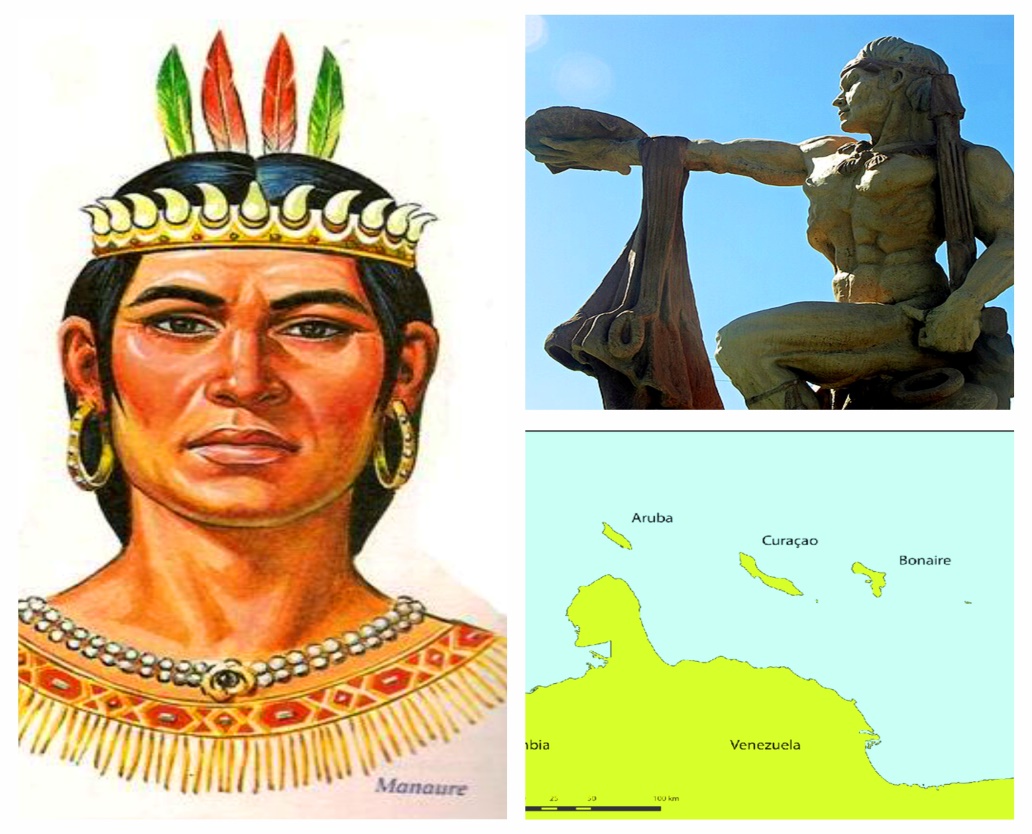
Manaure was a legendary leader of the Caquetío people, regarded as the great chief of the southwestern Caribbean and the northwestern mainland—what is now Venezuela. He was a respected strategist, warrior, and statesman who lived in a large settlement known as Todariquiba, near the Mitare River in northwestern Venezuela. This river flows through the Paraguana xeric scrub ecoregion before dividing into the Pedregal and Paraíso rivers, which empty into the Gulf of Coro.
According to native legends, Manaure was celebrated for his intelligence, bravery, and moral strength. As Cacique, he held not only political and legal power but was also believed to possess spiritual and even magical authority. His leadership was so esteemed that he was carried by his warriors in specially made hammock-litters—a symbol of his elevated status. He was remembered for his commanding presence, impeccable conduct, and sharp intellect, and widely respected as a man of his word.
Manaure made history as one of the few indigenous monarchs in South America to engage diplomatically with the Spanish during the early 16th century. Around 1523, he established contact with Spanish official Juan Martín de Ampíes, then stationed in Aruba. This connection was facilitated through one of Manaure’s vassal chiefs, Macuarima, who expressed interest in negotiating peace. As a result, an alliance was formed between Manaure and Ampíes.
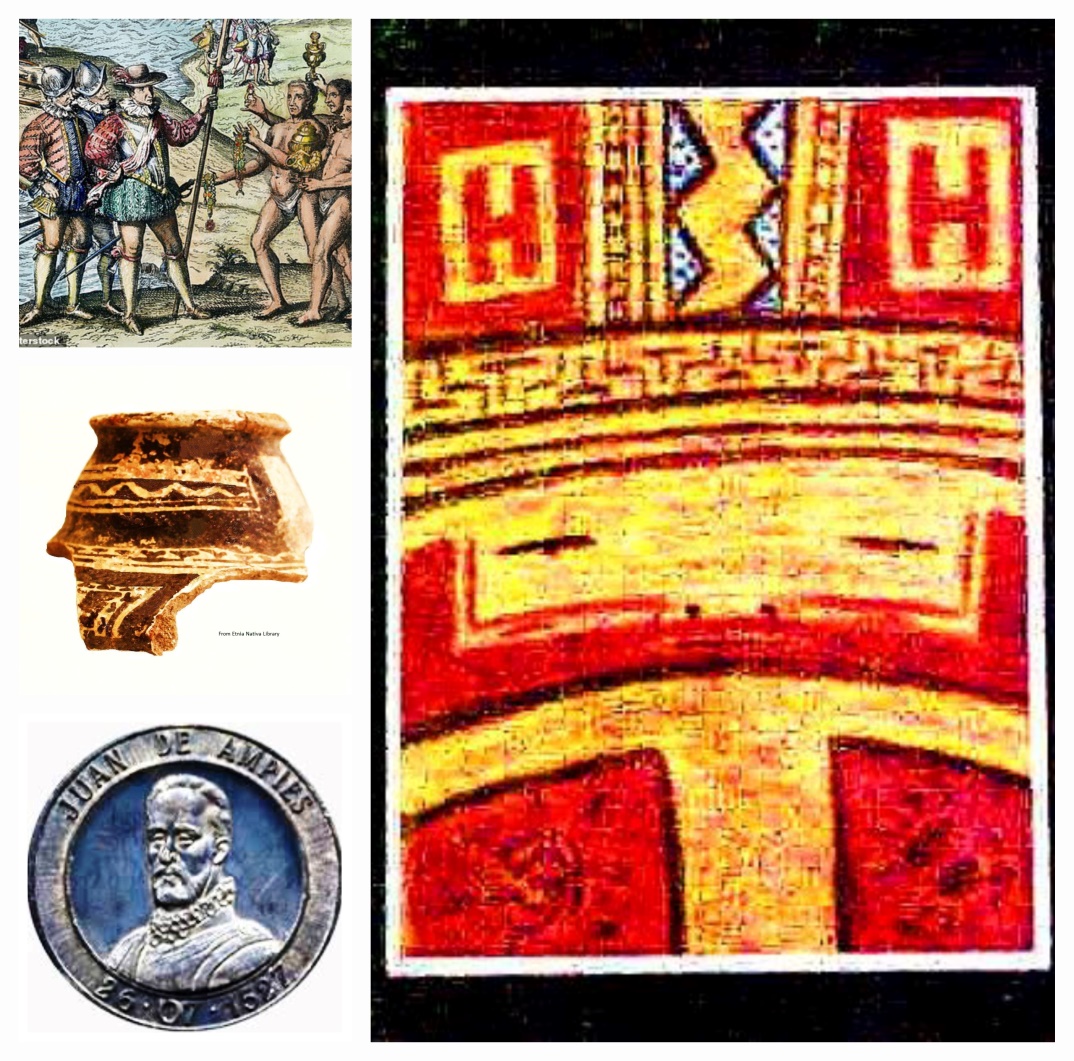
However, the relationship was soon tested. In 1525, many Indigenous people—including some of Manaure’s close relatives—were kidnapped and sold into slavery by merchants from Santo Domingo. Thanks to the diplomatic ties between Manaure and Ampíes, many of these individuals, including all of Manaure’s relatives, were successfully rescued and returned to the island and mainland.
Grateful for the alliance, Manaure formalized the first agreement with the Spanish and was later baptized by Juan Martín de Ampíes, receiving the Christian name “Martín.” This was followed by the founding of Santa Ana de Coro in Venezuela on July 26, 1527, in the name of the Spanish Catholic Crown. Soon after, a large wooden cross was brought to Aruba to found the city of Santa Cruz near the center of the island.
The region had been a prosperous and productive trade zone long before the arrival of European colonizers. However, the positive relations with the Spanish were short-lived. In 1528, burdened by heavy debts to German bankers, King Charles V—Holy Roman Emperor and King of Spain—transferred control of the province to the Welser banking family of Augsburg, effectively breaking his agreement with Manaure.
The Welsers, with no regard for the existing alliance, appointed Ambrosio Alfinger as the new governor. Alfinger launched a brutal campaign of Indigenous displacement and massacres, which led to the collapse of the region’s prosperity.
German forces seized both large and small canoes, along with property belonging to the Jira Jara and Caquetío nations—including Manaure’s own resources. When Manaure attempted to reclaim his possessions, he was imprisoned. Ampíes, meanwhile, was stripped of his position and expelled. He would later return to Curaçao and Aruba to support Manaure’s cause.
After his release, Manaure went into exile with his family, relocating some 250–300 kilometers from Coro. There, he launched a guerrilla resistance campaign against the German occupiers. In response, the Welsers dispatched mercenaries to hunt him down. Manaure was eventually ambushed and killed in 1549 during one of these skirmishes, in the area now known as the city of El Tocuyo.
If you enjoyed reading our ancestral stories and are interested in learning more about the true identity of Arubans, we recommend booking a visit to Etnia Nativa—the only living museum of its kind in the Caribbean. A fascinating and trend-setting destination since 1994, Etnia Nativa has co-founded the Aruba National Park and the Archaeological Museum of Aruba, as well as several artisan foundations, among other voluntary initiatives. It offers valuable insights and a unique connection to the island’s spirit and soul. Whats App+297 592 2702 etnianativa03@gmail.com


